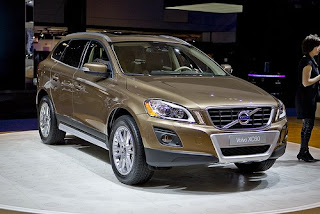



- Competes with: Ford Mustang, Nissan 350Z
- Looks like: A 1970s muscle car
- Drivetrain: 425-hp, 6.1-liter V-8 with five-speed automatic
- Hits dealerships: SRT8 this spring, base Challengers in 2009
| The production Dodge Challenger is so similar to the concept from last year that it certainly feels like we've seen this car before. The changes to the production model are significant, of course — different grille and taillight clusters — but the overwhelming sense of nostalgia applied to a design probably hasn't been so extreme since Ford redid the Thunderbird in 2002. This Challenger may face the same doomed existence as that convertible, too. While the exterior is certainly muscular and the engine will no doubt offer the same thrills we've enjoyed in other SRT8s, like the Dodge Charger and Magnum, the interior looks to leave a lot to be desired. It looks almost identical to the Charger and Magnum, and neither is our favorite to sit in. At a sticker price of $37,995, the first year's allotment of Challenger SRT8s has already been spoken for, but Dodge should still be worrying about its second year of production. That's when the base model will have to compete with a new Chevy Camaro and revised Ford Mustang. We'll try to stay positive for a moment, though, and point out that the SRT8 comes in just three colors — orange, silver and black — with racing stripes, and will hit 60 mph in the low 5-second range. |














